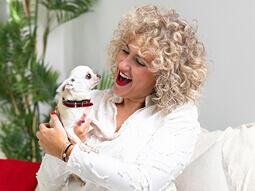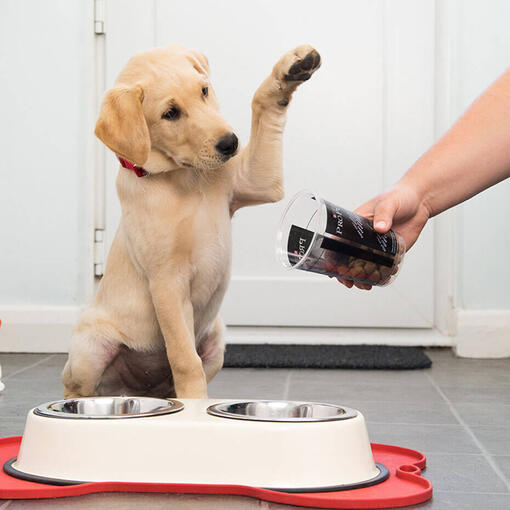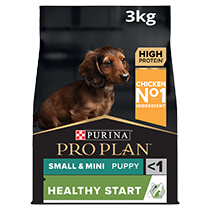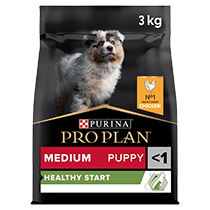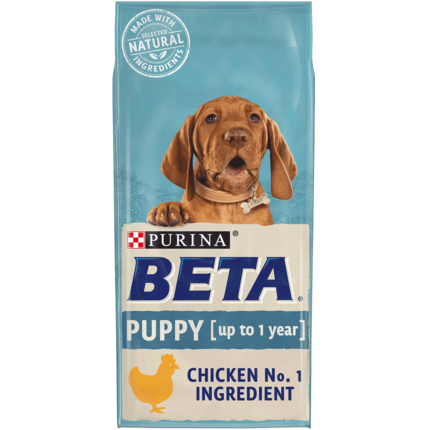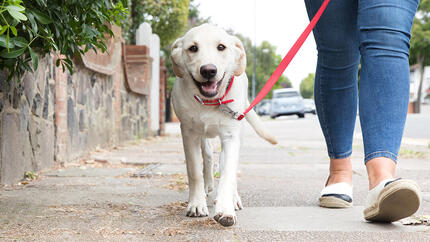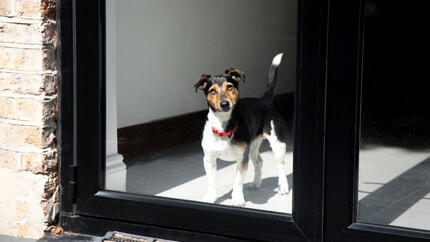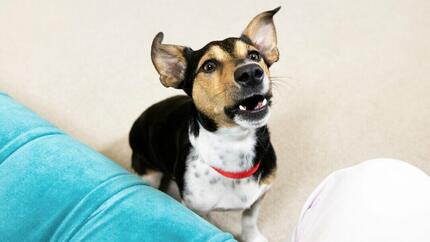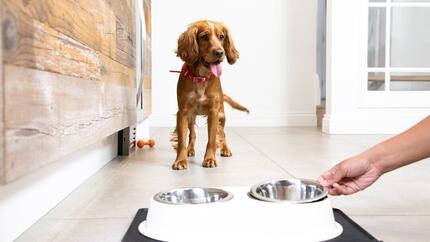

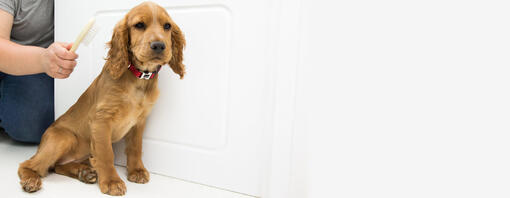
Find out everything you need to know about puppies and their grooming needs.
When you first welcome a new puppy home, it is common to ask "do puppies need grooming and how do I do it?" It can be difficult to know what your dog needs in terms of basic grooming and how to set up a suitable schedule.
In this article, we’ll explore your puppy’s grooming needs and what you may need to consider.
Do puppies need grooming?
All puppies require some level of grooming, and all puppies need to be checked regularly to ensure they are clean, healthy and have no lumps or bumps. Grooming involves taking care of your puppy’s appearance and making sure they are clean – an important task, considering how mischievous puppies can be!
While you might plan to give your puppy a full groom at certain times, part of your daily checks should include making sure your puppy’s ears, nose, eyes and bottom are clean, that their fur is not matted or dirty, that they are not smelly and that their paws are clean.
The benefits of puppy grooming
- Keeps your puppy clean and looking at their best.
- Maintains a healthy skin and coat.
- Improves circulation.
- It should be a great bonding opportunity which stress and blood pressure – in both of you.
- Helps you notice unusual lumps and bumps, parasites or scratches/injuries – that can easily go unnoticed especially in the hairier breeds.
How often should puppies be groomed?
How often your puppy needs to be groomed depends on what breed or type they are. Puppies with long hair may need to be groomed more often than puppies with short hair. This is because this hair gets dirtier earlier and matted more easily. Dogs with long ears, such as spaniels, may need more attention to be paid to their ears; if any dirt is left there, it could lead to an ear infection which will need the attention of a vet. So the answer is “it depends” – every dog is different as is their lifestyle. The best indication will be to ask their breeder (or the rescue centre_ as they will have plenty of grooming experience with their beloved breed.
How do you groom puppies?
Longer coats need daily attention to avoid knots. A short groom once a day will ensure grooming is easy and stress free for both of you. Trying to untangle a knotted, dirty puppy who hasn’t been groomed for a week will be unpleasant for you both.
Thankfully you can start getting your puppy used to grooming long before they have a full thick coat. A soft puppy brush or a rubber comb is ideal as it will be enjoyable for you both. Do make sure you are grooming right down to the skin however so there aren’t any matts or knots lurking under the top coat.
Start slowly, ideally when your puppy is fairly sleepy, grooming the main bits of their body, so they get used to the brush and what it feels like. Give them plenty of treats are you are doing this – so they associate grooming with positive things. You can use a lickimat with food smeared on it to give them something distracting and tasty to be thinking about.
Once they are used to that, you can gently start to work on more sensitive areas such as legs and paws, stomach, ears, and face.
Do plenty of short sessions rather than one long one.
As your puppy gets older and they get more coat – or are out and about getting muddy and dirty - you will need a more in-depth grooming routine. Again, be guided by your dog’s breeder (or owners of the same breed). Every coat is different and has different needs – and will need different tools to keep their coats in perfect condition.
If you have a long-haired dog, you might consider a professional groomer – and some of the more popular breeds (including the poodle or bichon crosses – such as Cockapoos or Labradoodles etc) will need professional grooming from a young age as their coats can be extremely difficult to manage.
Such groomers have all the facilities to make washing and drying straightforward and
usually have a range of services that you can choose from, such as bathing your puppy, cutting their hair, checking their eyes and ears to make sure they are clean, checking their nose to make sure it is moist and not cracked, cleaning out their paws, claw clipping etc. They also check your puppy’s underbelly to make sure it is clean. These services may be useful to make sure your long-haired pup is in the best condition possible.
With short haired puppies, they may just need a wipe over with a cloth or a once a week going over with a gentle brush – but eyes, ears, noses and bottoms should still be checked daily – and an occasional bath with keep them fragrant. Once again, be advised by your breeder or other owners of the breed what is needed.
How old does a puppy have to be to be groomed?
No matter what kind of coat your puppy has, you should start grooming them from your first couple of weeks together. This is something a puppy should look on as just being a part of life – not something stressful to be dreaded – or else a lot of fun that involves charging around and wrestling!
Grooming 'extras'
Below is a list of common things to take care of when grooming a puppy.
Dogs rarely need to have their nails clipped, as they are automatically kept in check by the friction caused when your dog walks – especially if you live in a town or city and your daily walks involve pavements. However, if you think they are getting long, pop into your local vet’s practice and ask one of the nurses – or else check with a groomer. They will be able to either clip or file your dog’s nails.
You will need to prepare your puppy for the nail clipping process. It make take some time for your dog to become adjusted to this, but starting young is a good idea. Clipping your dog’s nails also ensures that no dirt or grass gets stuck in them, which can help keep your puppy’s paws free of infection.
If you have spent time with your puppy getting them used to having their paws handled, this should be straightforward.
If you want to be able to do it yourself, ask a groomer to show you how. You will need to look at your dog’s nails before you cut so see where the ‘quick’ ends – this is the sensitive nerve of the nail. You want to avoid cutting the quick as this can be extremely painful and will bleed. It is easier to see this in dogs with white claws but in dark claws it is extremely difficult.
If this does happen, don’t panic - apply pressure with cotton wool and it should soon stop. Only clip dog nails that need doing and don’t forget the dew claw by your dog’s wrist. Most owners don’t feel confident clipping their puppy’s claws (as if you get it wrong, you can damage their confidence in you and be reluctant for you to handle their paws), and so your veterinary surgery will be happy to do it for you.
If you notice a ripped, torn or missing claw consult your vet as these may need medical attention. For more tips on clipping your dog's claws, read our useful guide.
Dogs need to have clean teeth and dental care as well to prevent tooth or gum disease. There are chews that can help keep teeth shiny and healthy, and raw vegetables can also make great toothbrushes. However you can buy dog toothpaste (don’t use your own… it’s not meant to be eaten and certainly not by dogs) that usual comes in meat flavours, and as part of your early grooming lessons, you can get your puppy used to having their teeth brushed. Take this slowly and gently – and only do a few teeth at a time.
Now that your puppy is squeaky clean, check out more useful information such as how to get your pup's first vet trip right and what you need to know about walking and leads.

